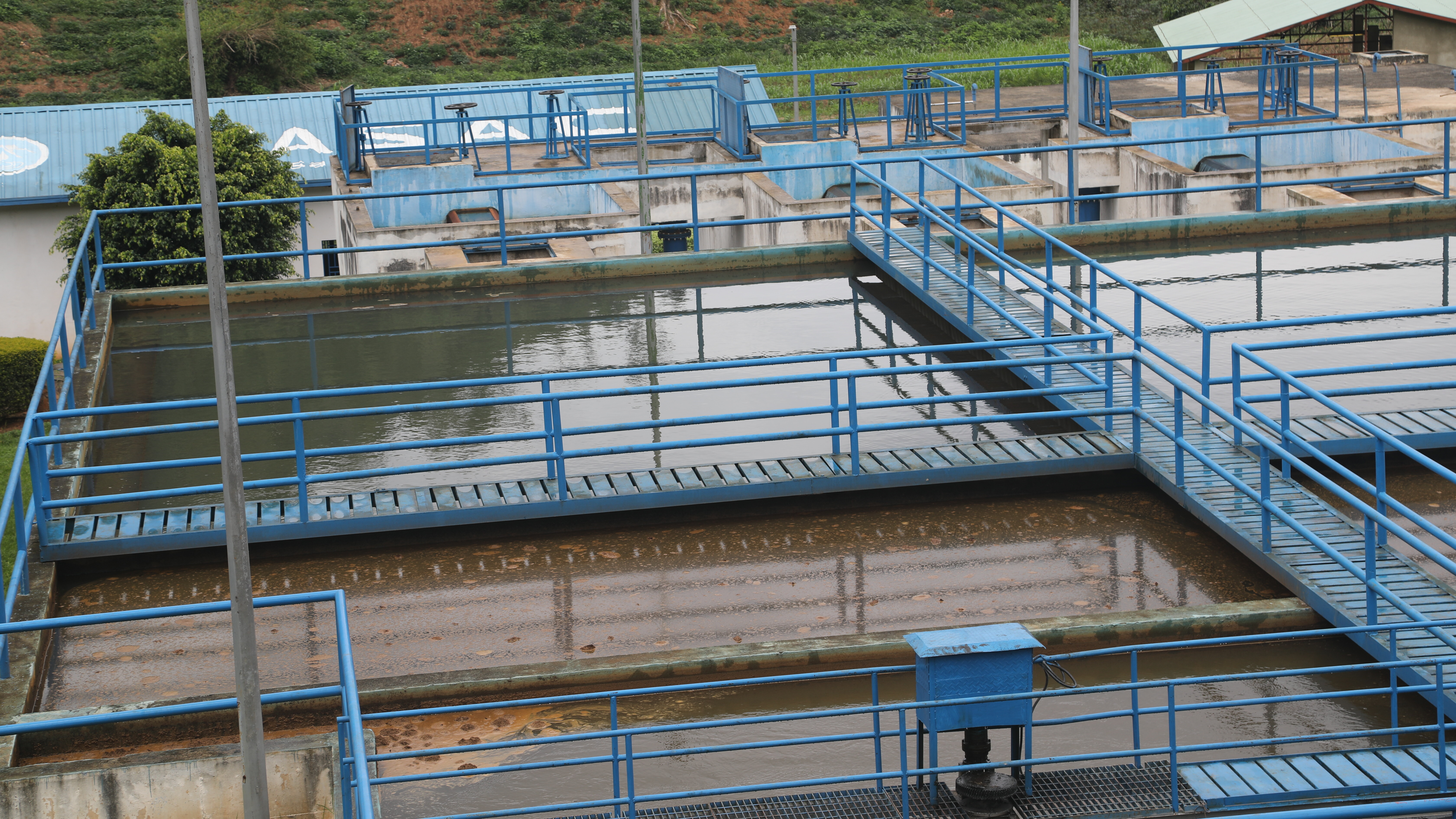31 Schools, 7 Health facilities and 195,232 residents got access to clean water following the completion of the project on “The Rehabilitation, Upgrading and Extension of Water Supply networks in Muhanga District and its peri-urban areas which include parts of Ruhango District”.
The project ran by WASAC from March 2019 to June 2021, resulted in the construction of 207.7 Km pipelines, 21 reservoirs, 15 water Kiosks, 48 public taps and 5 pumping stations, and 1400 vulnerable households in the first and second Ubudehe categories got free water taps.
As one of the secondary cities, Muhanga District has a special consideration due to its rapid urbanization and population increase. The city is also expected to host more national infrastructures like the construction of an international stadium and a five-star hotel in the near future, which is all in regards of why the district needed more water infrastructures.
In addition, different remote areas of Muhanga and Ruhango Districts which include Mushishiro, Nyarusange, Shogwe, Cyeza, Ntenyo and Bweramana sectors, etc had incessant water shortages challenges for a long time.
Vincentia Mukahanika aged 61, is one of the residents of Bweramana sector who fetch water at one of the constructed public taps. She recounts how the water shortage was rampant in her neighborhood.
“Before getting water kiosks, we could even spend a full day without eating because it was difficult to get water for cooking and washing. Water was expensive as we used to pay 150 Rfw perry Jerrycan, but now we only pay 20 Rwfs. May God bless our President Kagame and WASAC for water provision”, Mukahanika mentioned.
Riberakurora Anastase, a resident from Makera Cell, Cyeza Sector, is from vulnerable families who was connected to water free of charge.
“We consider this water as God’s blessing". It was a great joy for the first day having water into our homes. We are grateful to WASAC for water provision as we used to face water shortages. We used to fetch water on long distances down the rivers, and that water was sometimes dirty and insufficient, especially in dry season”, He narrated.
Different institutions connected to water through the project:
14 secondary schools, 17 primary schools, 6 health Centers and Gitwe Hospital have been connected to clean water through the project.
Valentine Mukaremera is the Head of Gitwe health Center located in Bweramana Sector, one of those institutions. She testifies on how they have been struggling to get water, especially in dry season, something that had consequences on service delivery. She says that since its establishment in 1968, Gitwe Health Center had never had water connection.
“It was a horrible experience because pregnant women who used to come for maternity services, after birth, we were obliged to send some workers to get water on long distances to wash the baby and use it for other activities”, she narrated.
“We are very thankful to the visionary leadership of our country. Having water connections helped us improve hygiene and speed service delivery. The number of cases of diseases caused by dirty water in our facility has reduced up to 90%. We now have enough clean water in all our services, and we no longer suffer from water scarcity”, She added.
Muhanga District officials commend WASAC’s efforts to address water challenges:
Eric Bizimana, the Vice Mayor of Muhanga District in charge of Economic Development appreciates the good partnership with WASAC, and hails its efforts to address water challenges in Muhanga City.
“The project helped us get easy access to clean water after the construction of 98 Km pipelines, new reservoirs, 1o water fountains , 1000 poor families were connected to water free of charge .WASAC also supports us in the rehabilitation of old piplines and in designing related water feasibility studies ” He said.
“The extension of water networks and new reservoirs installed will also help us connect water to different infrastructures which include Muhanga Indutrial zone and International Stadium planned to be built in Muhanga.”
He is echoed by Sematabaro, the Branch manager of WASAC in Muhanga District who elaborates on the tackled issue, exemplifying Shyogwe sector.
“Some parts of Shyogwe and Cyeza Sectors which include Ruli and Kivumu could get little or no water at all from our networks, but the extension of networks supply and new water reservoirs made easy access to water in these ereas”, he recounted.
The AFDB sponsored project scaled up Gihuma Water Treatment Plant supply capacity to 3700 m3 from 3500 m3 per day. This helped to supply enough water to Gasharu, Gifumba and Shogwe ereas after the installation of a new reservoir of 200 m3 and a new pipline and pumping station. The project also enabled Mpanga Water Treatment Plant located in Nyanza District to supply 4500 m3 per day from 3800 m3 that was being supplied.


